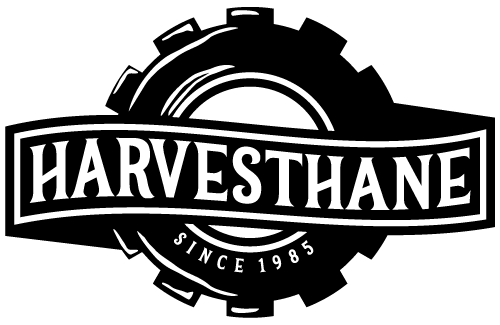Rubber and urethane temperature capabilities / Temperature capabilities of basic elastomers
Read More
NATURAL RUBBER (NR) Natural Polyisoprene Advantages: Outstanding resilience; high tensile strength; superior resistance to tear and abrasion; excellent rebound elasticity;…
Read More
This chart compares the physical, mechanical, and thermal properties of elastomers.
Read More
Resilience is defined as the ratio of energy given up in recovery from deformation to the energy required to produce…
Read More
At Molded Dimensions Group, we know it's not always easy to pick an elastomer—there are many factors to take into…
Read More
Hardness, as applied to elastomers, is defined as the relative resistance of a surface to indention by an indenter of…
Read More
When subjected to load, all elastomers exhibit an increasing deformation with time, known as creep. This occurs at any stress…
Read More
The following cost comparison shows the ratio of prices for selected materials to the lowest cost elastomers: EPDM, SBR, and…
Read More
Compression set tests, described in ASTM D-395, are of two main types: Method A, compression set under constant load; and…
Read More



